Chinese manufacturing giant, Huawei, was set to become the world's largest smartphone brand in 2019. Although Huawei held this position, it lasted only for a few months. Since then, its smartphone market share has been consistently declining. For many consumers, Huawei smartphones are not an option at the moment. The reason is that it does not support Google Mobile Services. This means that users can not have access to Google Play Store and many important apps. Due to disagreements between the Chinese company and the US, among other things, Google Mobile Services (GMS) from the American giant cannot be used in the latest devices of this brand. In short, it is an ecosystem full of applications (e.g. Gmail, YouTube, Chrome, Disk or Maps), databases and other interconnected API accesses.
Over the past three years, there have been several options on how to get apps on Huawei smartphones. Unfortunately, some of these options involve rigorous processes that an average user will not like to perform. Other options are risky, users could brick their phones. However, there are a few easy and straightforward ways to get apps from the Play Store on Huawei phones. Fortunately, these simple and recent options are the most effective and they replace some older options. The two simple options for installing apps are Gspace and Googlefier.
Gspace - the most efficient option
The Gspace tool is available for free download in the Huawei AppGallery. In just a few clicks, users can get the app. It creates a cut-off "space" in any Huawei smartphone. In this cut-off space, all Google servers, applications and the PlayStore read the device as an old Huawei smartphone. Recall that the ban on Huawei only affects smartphones released after the ban. Thus, older Huawei smartphones still directly access Google Play Store.
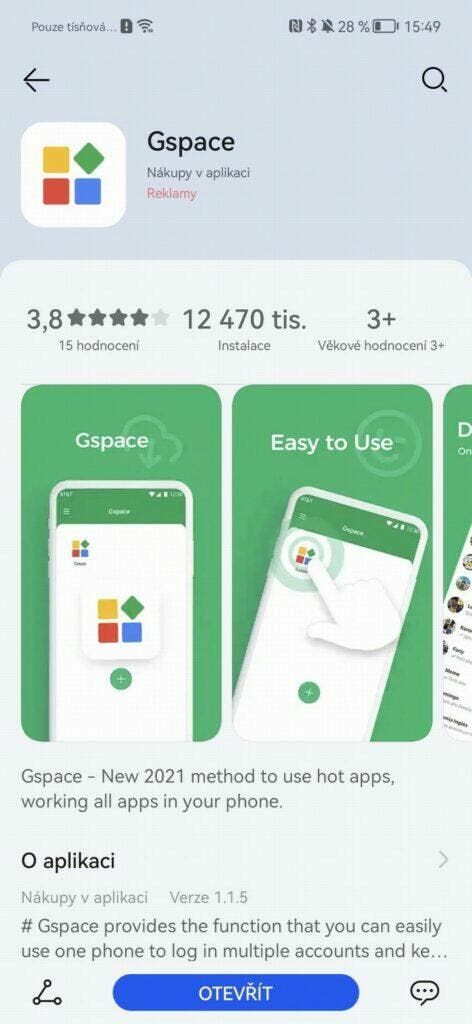
Testing this app with the Huawei P50 Pocket, the cut-off space reads the device as Huawei nova 4e. This feature is available for free but comes with ads. If you do not want the ads, you can have an ad-free version for less than $20.
For Google apps, normal account login works and once you're in Gspace, they run completely standard. But when you jump out of Gspace, it's not so rosy anymore. These applications in Gspace work normally and they have access to the internet. However, it is important to note that they will not update notifications and will not update automatically. To update the app, you will have to enter Gspace, go to the Play Store and install the latest version.
One of the latest practical innovations in the Gspace tool is the ability to place shortcuts to applications on the smartphone's desktop. To launch a specific application, there is no need to open Gspace and search for it in the list. You can simply drop its icon onto one of the regular desktops. A smaller Gspace icon will be visible on the shortcut and it will also continue to launch in that space, but you'll have much easier access to it.
Alternative option: Googlefier
Googlefier represents an original and rather complicated procedure for directly installing GMS on a Huawei mobile phone. The author is the user bender_007 from the XDA Developers community and his work is intended for more demanding users who do not want to run Google applications in a simulated space but directly get them to their mobile phones.
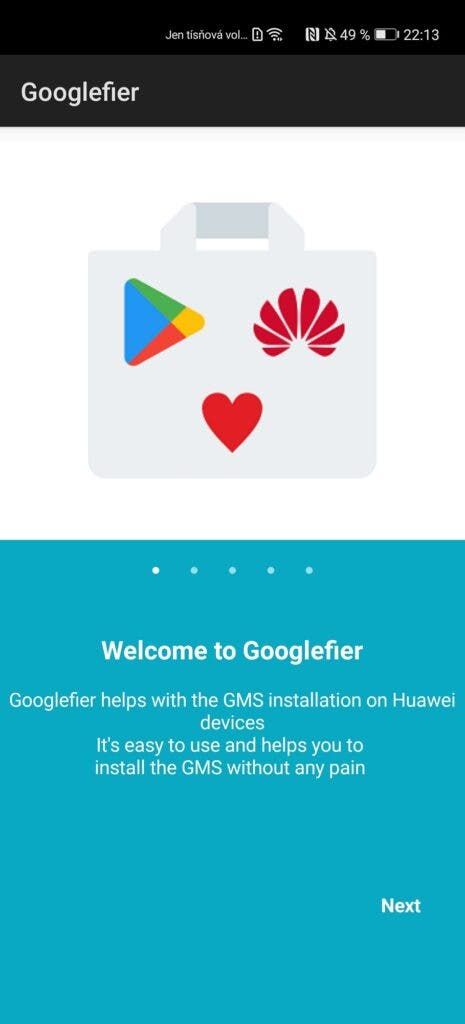
This tailor-made tool aims to guide the user through the entire process by simply clicking buttons with only the occasional change outside of the application. He can get even inexperienced people to the desired goal. All steps are explained very well and the user knows exactly what the next click will trigger and cause. However, several conditions need to be met in order to successfully launch Googlefier. Among them is the older EMUI 10 system, which will be an insurmountable obstacle for owners of newer mobile phones. You can find more about this tool in the official thread.
Huawei smartphones will still survive - ban has a political undertone
The fallout between the U.S. and Huawei attracted so much attention. Ren Zhengfei, Huawei's founder expressed his views on this. He said "The desire to survive inspires us to find a way to save ourselves. No matter what, we will never hate the United States. It is just the impulse of some politicians and does not represent American companies, American schools, and American society...We still have to stick to the path of self-improvement and openness. If you want to be truly strong, you must learn from everyone, including your own enemies".
Ren Zhengfei bluntly said that "some politicians in the United States want us to die." He said: We also want to light the "beacon" of 5G, but as soon as the "match" was burned, the United States hit us with a "big stick" and knocked us unconscious. At first, I thought that there was something wrong with our compliance system, and I was reflecting on it. As a result, the second, third, and fourth bars were hit".
In Ren Zhengfei's view, the unknowability of the future technological world is like a darkness that requires a beacon. The responsibility for lighting the beacon of the future will undoubtedly fall on colleges and universities. China's future and revitalization depend on children, and children only depend on education. Many analysts believe that Huawei's ban by the U.S. is more than just national security. Presently, Huawei can not purchase smartphone chips whether directly or indirectly.


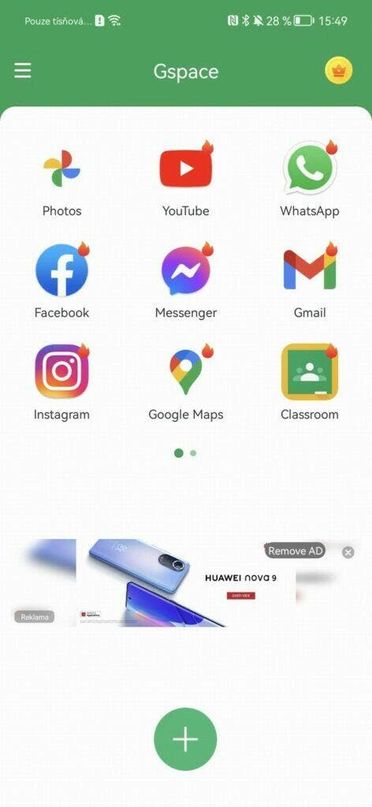
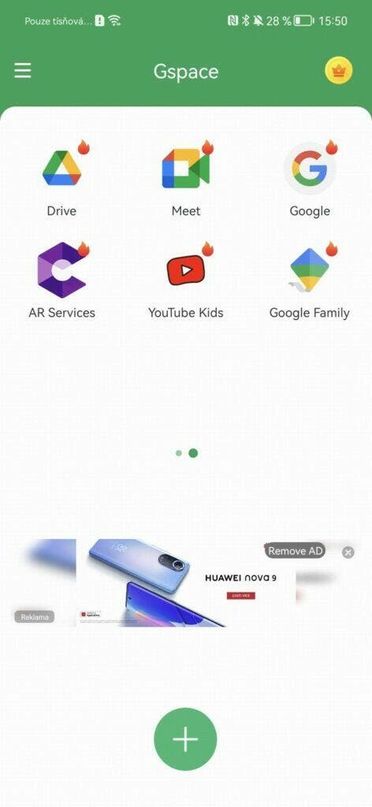
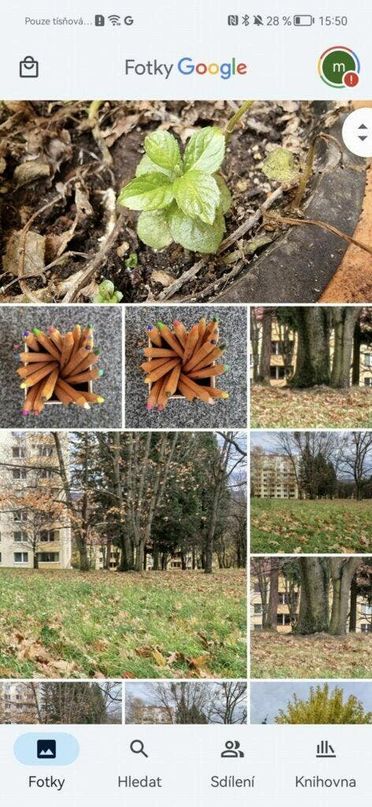
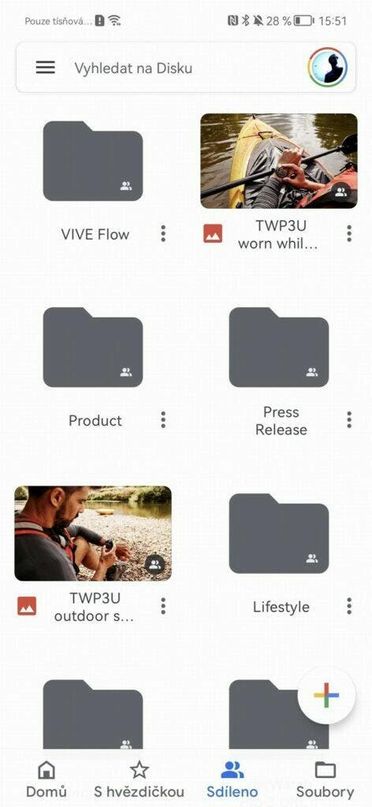

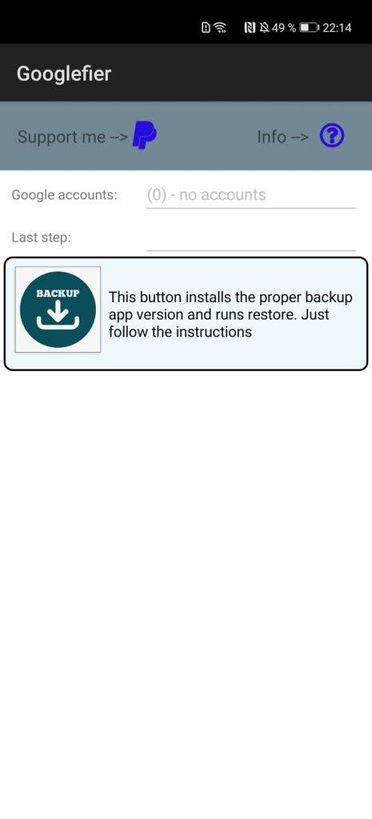
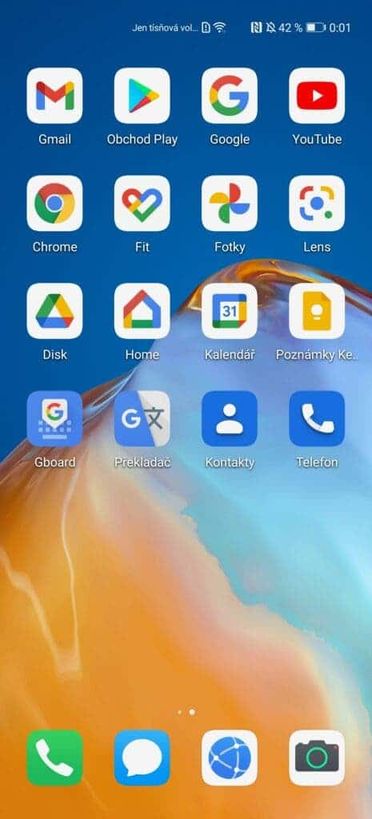




Place comments
0 Comments
You are currently seeing only the comments you are notified about, if you want to see all comments from this post, click the button below.
Show all comments